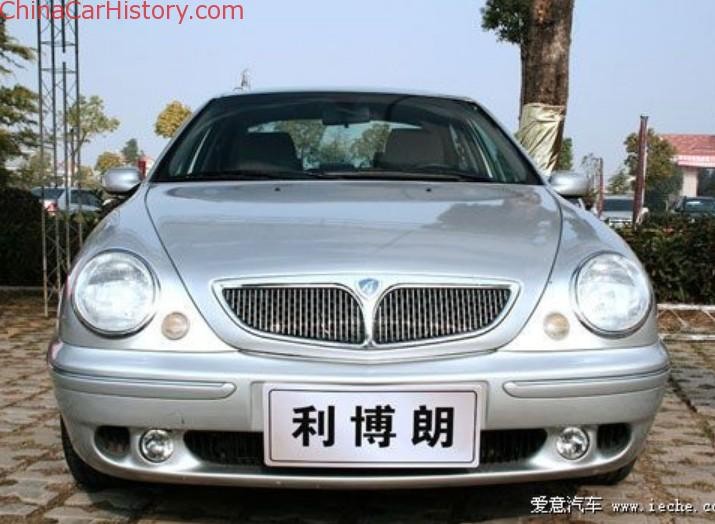The mid-2000s marked a turbulent period for Fiat, leading them to explore unconventional solutions in the Chinese market. Instead of focusing solely on sales, Fiat embarked on a strategy of offloading entire production lines to Chinese automakers. One of the most intriguing deals involved Zotye Auto and the Lancia Lybra, a car that ultimately never saw the light of day in China. This article delves into the story of the Zotye Auto Lybra, exploring the factors that led to its demise and examining the potential it held.
Fiat’s Struggles and the Zotye Deal
Facing significant financial challenges, Fiat sought to leverage the burgeoning Chinese auto industry. A deal was struck with Zotye in 2007, granting them access to the tooling, designs, and platform rights for several Fiat, Fiat do Brasil, and Lancia models. This included the ill-fated Lancia Lybra sedan and wagon, presenting a potential second life for the underperforming vehicle in the Chinese market.
The agreement encompassed a phased approach, with Fiat initially supplying CKD (Completely Knocked Down) kits for the Lybra and other models. Zotye was expected to gradually transition to full local production, utilizing Chinese-sourced parts. This strategic move aimed to capitalize on existing resources and reduce production costs. However, the Lybra, despite reaching advanced stages of development, never made it past the prototype phase.
The Zotye Libolang: A Rebranded Lybra
Zotye initially showcased the Lybra at a media event, displaying both the sedan and wagon variants with original Lancia badging. Later, updated models appeared bearing Zotye badges and a new name: the Zotye Libolang. This rebranding signaled Zotye’s intention to market the Lybra as its own, reflecting a common practice among Chinese automakers at the time.
The Chinese Ministry of Industry and Information Technology (MIIT) even published official photos of the Libolang, further fueling speculation of its imminent release. These images revealed a slightly modified Lybra equipped with a Chinese-made 1.6-liter engine, a derivative of Fiat’s 1.6 Torque engine. Spy shots of camouflaged Libolang test vehicles also surfaced, showcasing Zotye badging on the steering wheel.
The Mystery of the Unproduced Lybra
Despite the seemingly promising developments, the Zotye Libolang vanished without a trace. The reasons behind its cancellation remain shrouded in mystery. Potential explanations include Zotye’s financial constraints, a perceived lack of market demand for the Lybra, or a shift in the company’s strategic priorities.
The fate of the Libolang prototypes remains unknown. It’s possible that they were scrapped, a common practice in the Chinese auto industry. However, a glimmer of hope remains that these automotive relics might still exist, tucked away in a forgotten corner of a Zotye warehouse.
Conclusion: A Lost Opportunity?
The story of the Zotye Auto Lybra serves as a reminder of the complexities and uncertainties of the automotive industry. Despite reaching advanced stages of development and receiving government approval, the Libolang ultimately failed to materialize. Whether its demise represents a lost opportunity for both Zotye and the Lancia Lybra remains a matter of speculation. The unproduced Zotye Auto Lybra stands as a testament to the challenges of navigating the global automotive landscape and the often unpredictable nature of the Chinese market.

